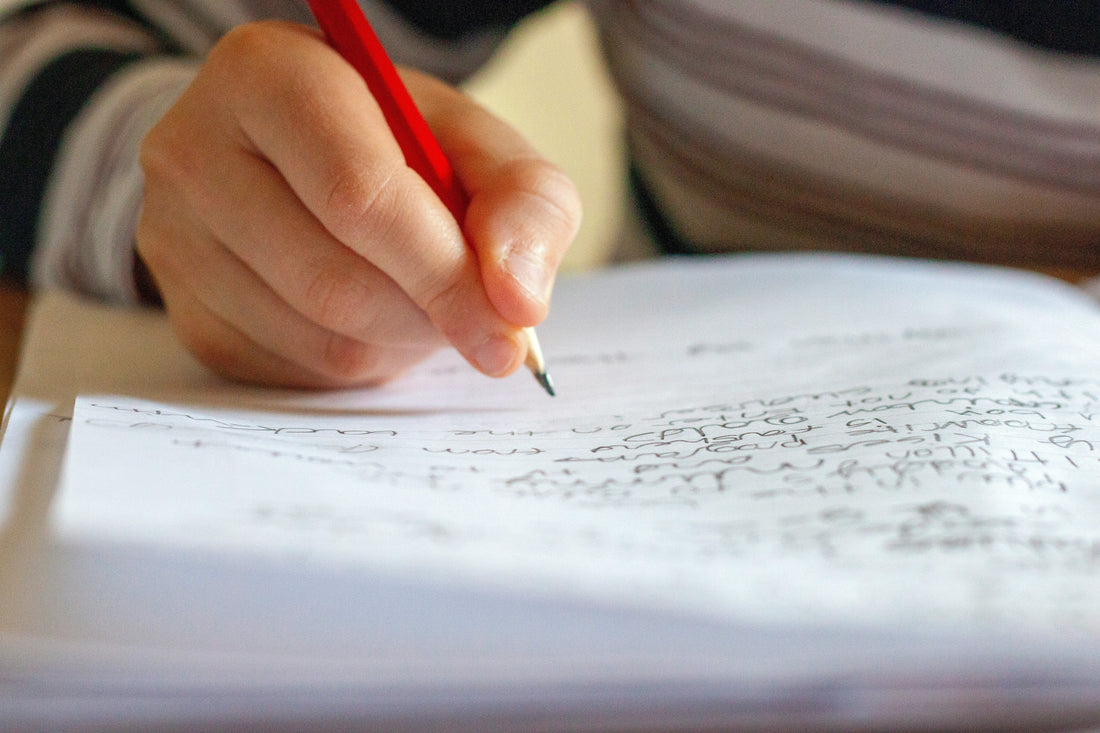
Correcting Someone Else's Mistakes Is Much More Fun ... and Educational!
Share
Written by Debi Polen
The Role of an Editor: Finding Other People's Mistakes and Correcting Them
You've experienced it: you were reading over one of your compositions and you didn't catch the grammatical or technical mistakes the first time, or even the second time, or maybe even the third time through it! Why couldn't you see your own errors? It's possible you were too close or familiar with the material and your mind was automatically correcting the errors.
That's one of the reasons why there are editors, who aren't so close to the material, who can read a composition and spot the errors almost immediately.
This is the whole idea behind Critical Thinking's Editor In Chief: Grammar Disasters and Punctuation Faux Pas series of workbooks. Your student learns all of the English rules by acting as the editor of someone else's work. In this case, the work is a composition from Critical Thinking's writers, with mistakes purposefully incorporated. It's the student's job, as editor, to spot these mistakes and correct them.
Format of Editor In Chief Workbooks
Each Editor In Chief workbook comes with a handbook that introduces the rules at your student's grade level: Level A workbooks are for students in Grades 4-5; Level B, Grades 6-7; and Level C, Grades 8 and up. A grid at the front of the workbook shows which group of rules are addressed in each article.
Thirty-three (33) articles (worksheets) in each workbook incorporate expository, descriptive, narrative, dialogue, letter, and schedule composition styles. Each article has a black-and-white illustration that is captioned correctly so there is no need to look up the facts somewhere else. Then, it's a matter of finding the errors, citing the handbook rules, and correcting the article by rewriting it.
The workbook comes with an answer key in the back. For each error contained in an article, the key provides its location, the handbook rule number associated with it, and suggestions on how to correct it. The key also contains the corrected copy of each article.
"Fun and Educational" - How?
These exercises were fun for us because we did them together. As the teacher, I would gently prod our son when he got stuck. Sometimes, I'd ask him to read a troublesome sentence aloud so that he could hear the mistake. It wasn't unusual for us to spend time discussing the information contained in the article, especially if it had to do with something we were studying, such as a science concept or an historical period.
There were times when we spent well over an hour on a single exercise (especially when we were starting out), but after using these workbooks over several years, the amount of time we required lessened, even when the exercises grew more challenging.
Carrying the Lessons Further
One of the things we did with a few of the articles was to use them as "prompts" for new compositions. For example, an article may present a profile of two outstanding historical figures. Your student could expand on that subject by adding a third person and writing a five paragraph essay. The illustration could be updated for the new composition.
This exercise helps your student avoid the traps of plagiarism by extracting information from an article and then incorporating that information in an original work. The student will also learn how to cite their sources, as well as to apply the new rules that they've learned.
A further challenge would be for students to purposefully place errors in their work—like the Critical Thinking writers did—and present this composition as learning exercises for friends, siblings, and maybe even the teacher! The requirement for this exercise would be for them to have the answer key prepared, so that they'd have to know what the rules are in order to break them.
Editor In Chief in Our Catalog
Find our current selection of Editor In Chief workbooks here: EDITOR IN CHIEF COLLECTION.
Feature image by Eleni Koureas on Unsplash.
